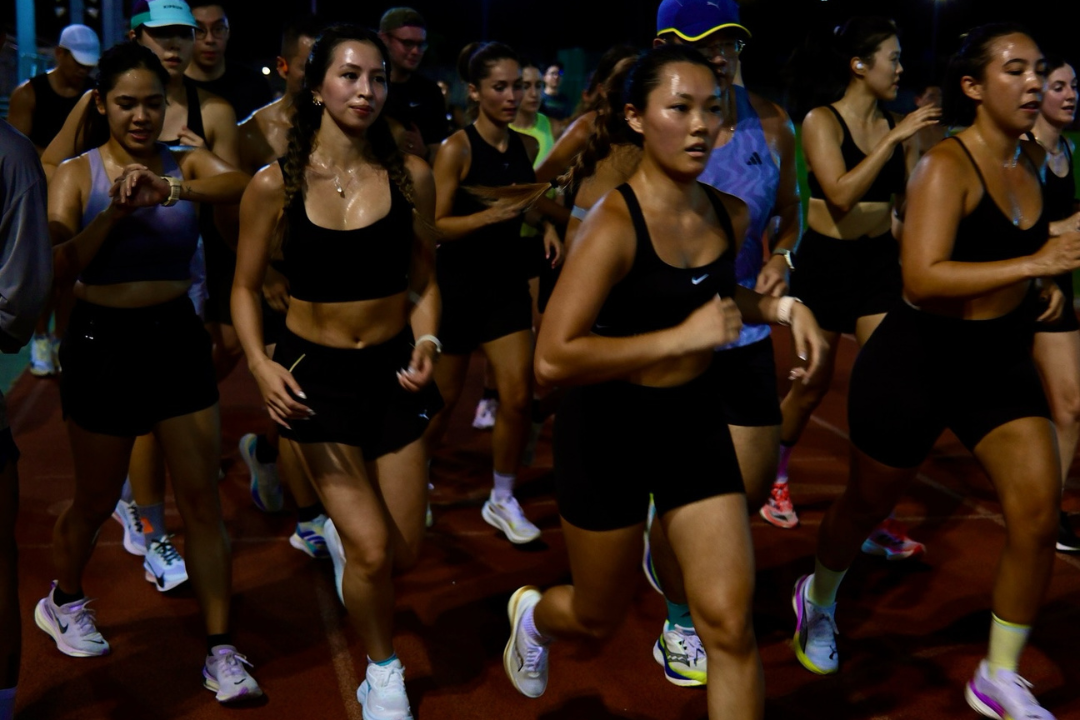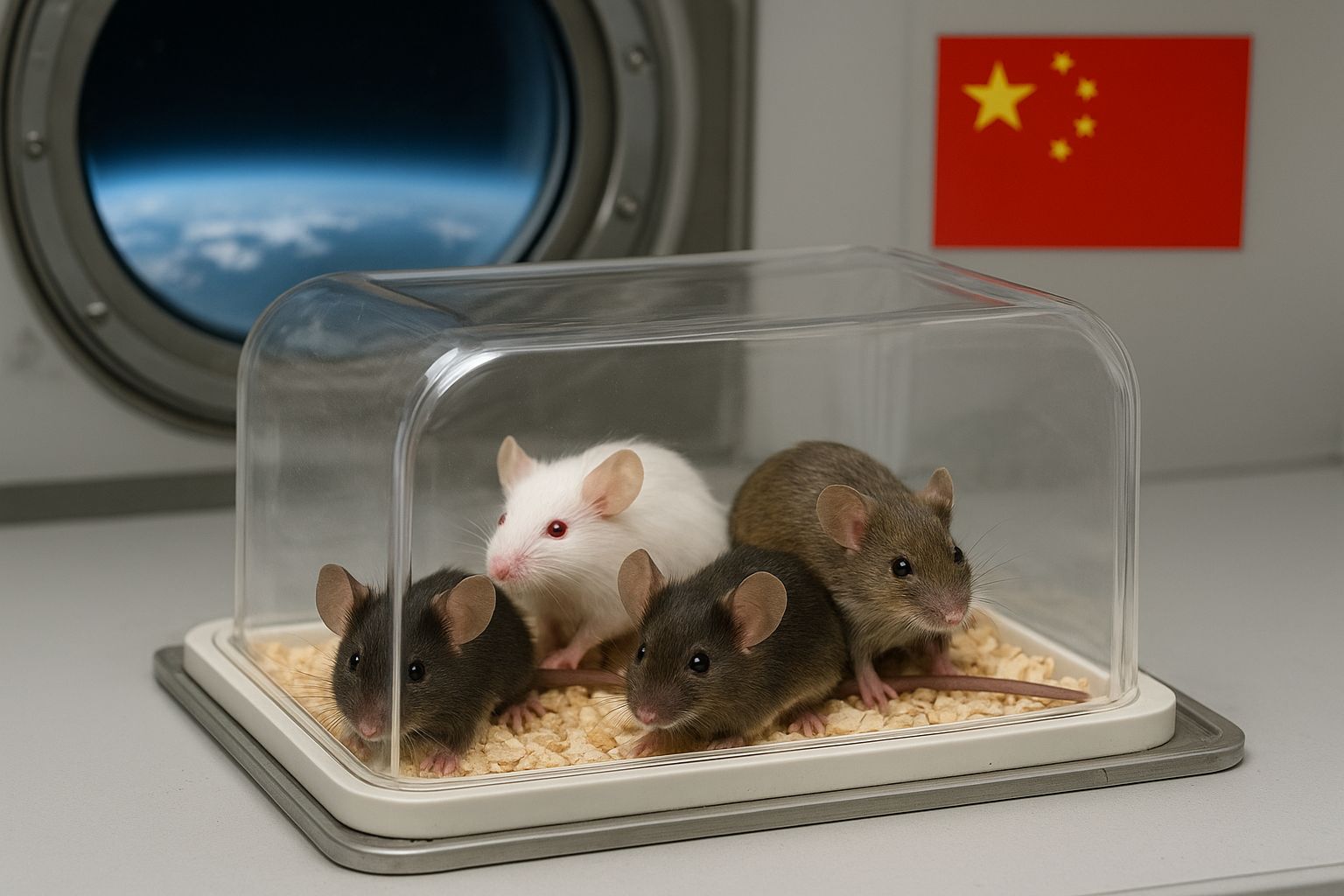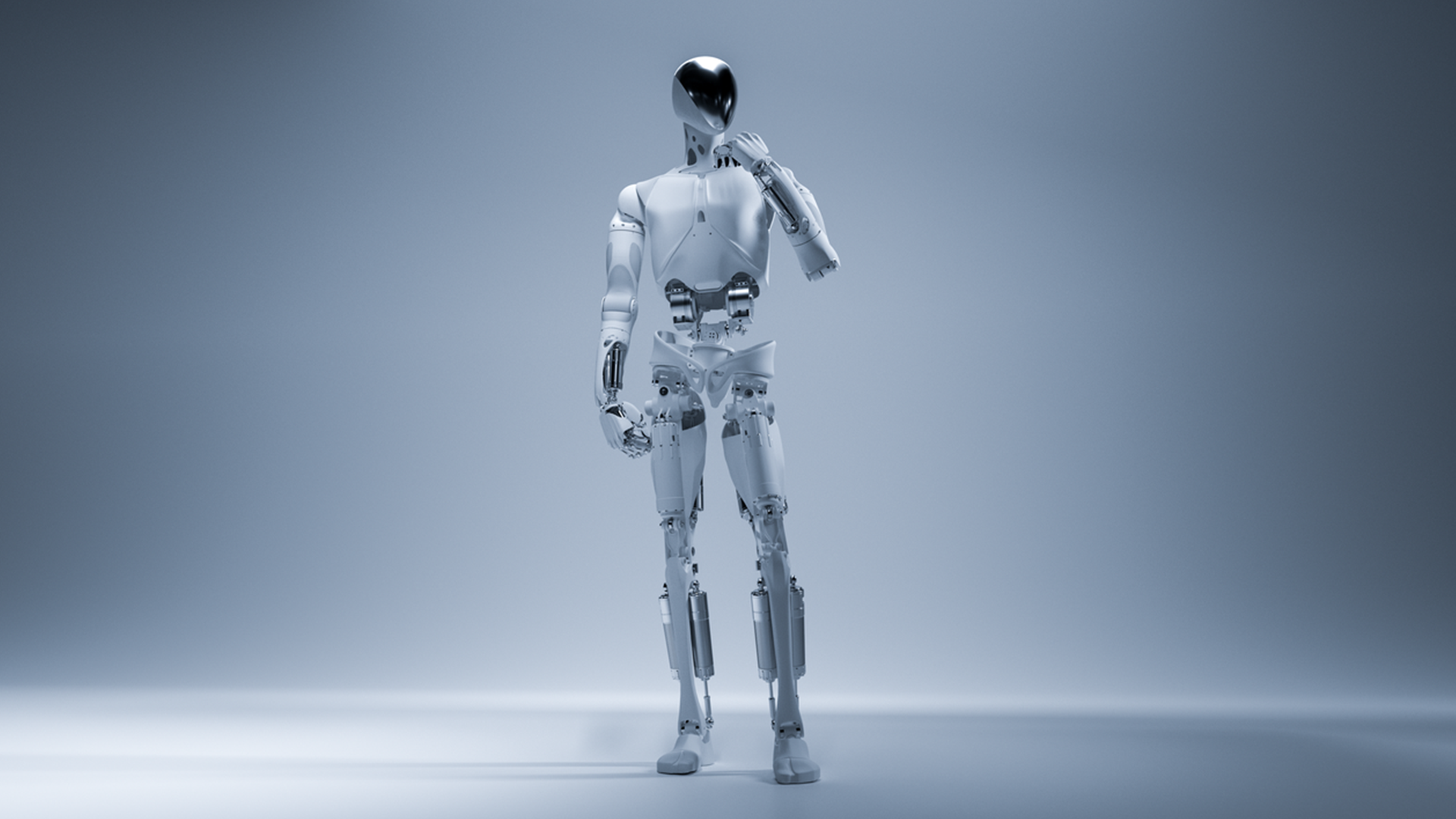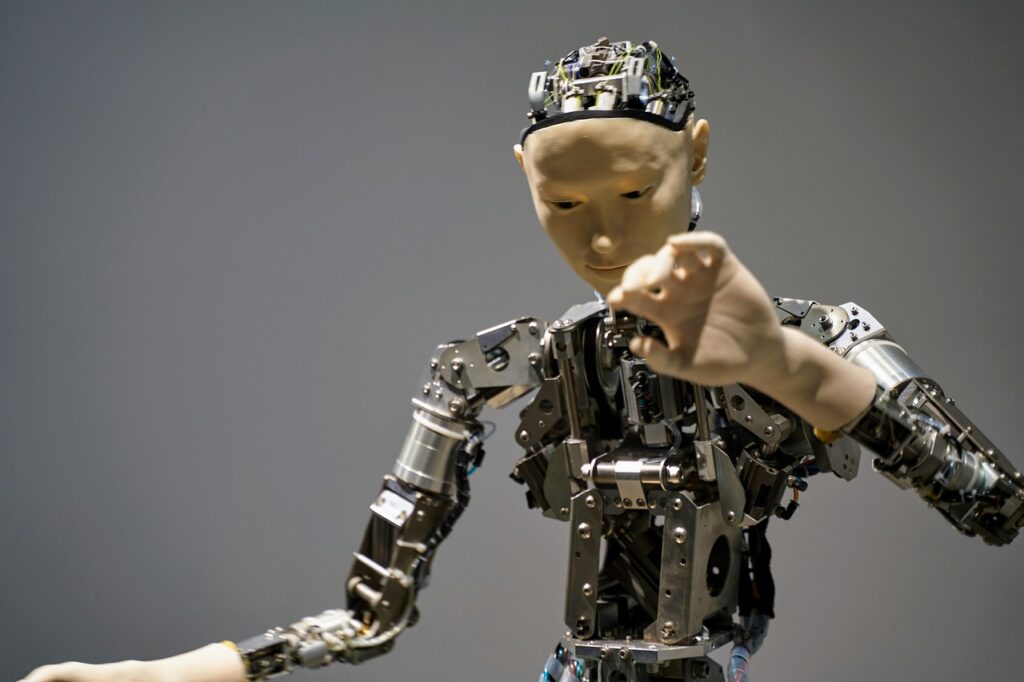China’s space program has just added a groundbreaking new chapter, and its latest heroes are not who you might expect: four black mice, two male and two female, have officially become the nation’s first rodent astronauts. Carried aboard the Shenzhou-21, China’s 16th manned mission launched on October 31, these tiny pioneers embarked on a critical journey to the Tiangong space station, nestled safely in a shock-absorbent pouch.
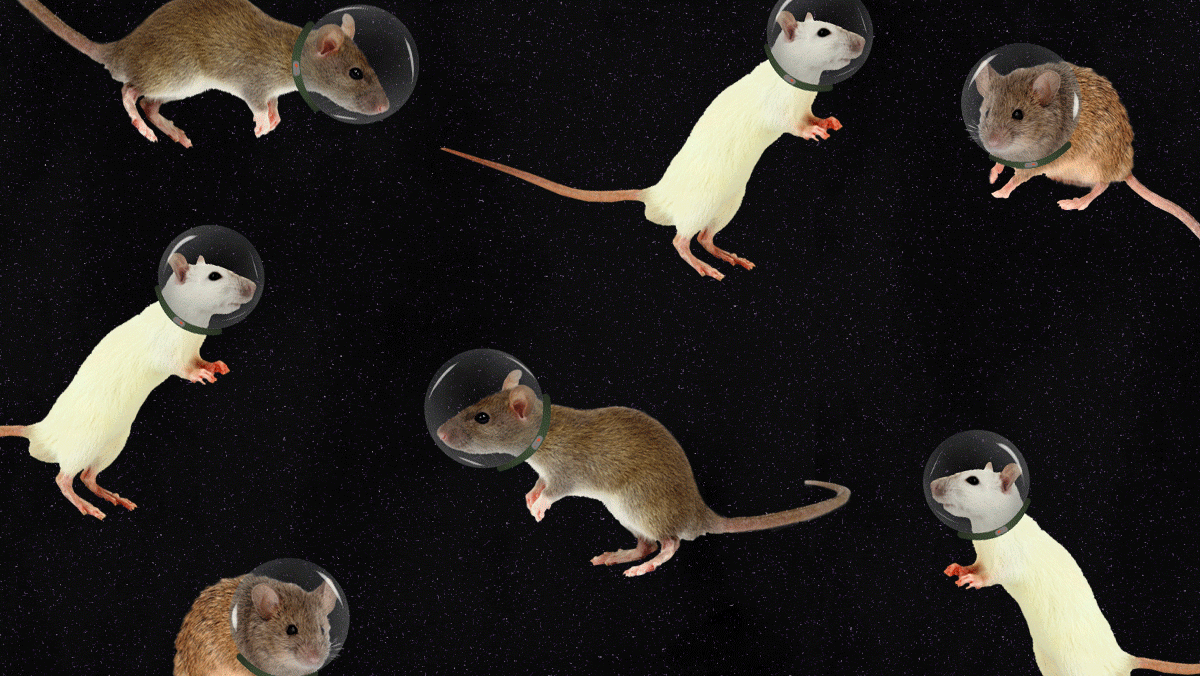
This isn’t just an adorable photo opportunity; it’s a crucial scientific endeavor. Over five to seven days, these “mouse-tronauts” will be the focus of an unprecedented study exploring how small mammals adapt and respond to the unique stresses of microgravity. The data gathered from their time orbiting Earth is expected to offer invaluable insights into human physiology in space. Given that humans share an impressive 85% of their genetic makeup with mice, understanding how these rodents cope could unlock vital secrets for long-duration human space missions.

Becoming a space mouse is no small feat. Much like their human counterparts, these elite rodents underwent a rigorous 60-day screening and training program. From an initial pool of 300 candidates, only four were selected, chosen for their peak physical fitness and remarkable ability to endure zero-gravity conditions. Their astronaut-level preparation included demanding tests such as navigating a hamster wheel, a rotating container to assess vertigo resistance, and a challenging balance beam—proving that the path to the stars, even for a mouse, is paved with intense dedication and scientific rigor. China‘s burgeoning space ambitions are clearly going beyond humans, leveraging every possible avenue to push the boundaries of knowledge.
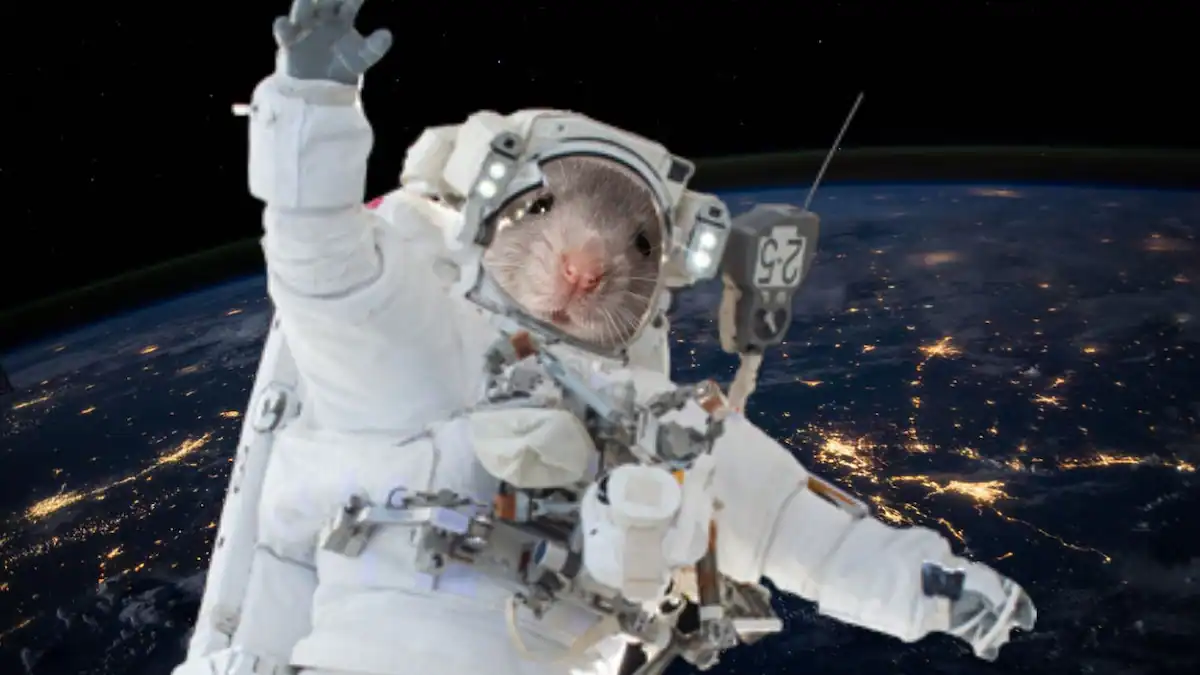
Cover image via NEB Nepal.
